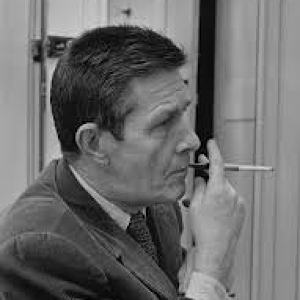


SA3: The John Cage Issue

John Cage's Number Pieces





Listen to John Cage's Seven




SA3: The John Cage Issue

John Cage's Number Pieces





Listen to John Cage's Seven
